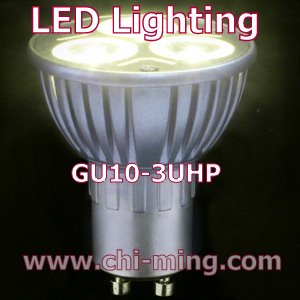
The
continuous expansion of LED applications, as well as the structure of
LED light source, light-emitting principle and light-emitting
characteristics and different from conventional light sources, LED
standard-setting increasingly valued by the market, governments and
industry associations actively involved in the development of this
area, of which the United States of the fastest growing. U.S.
Department of Energy (DOE) released in September 2007 Energy Star
(EnergyStar) solid-state lighting standards, according to specification
lamp luminous efficiency is divided into two phases, the first stage of
a maximum luminous efficiency required to achieve 35lm / W; the first
two phase must
reach 70lm / W standard of living of its lighting generally refers to
the commercial general lighting lamps, such as kitchen cabinet lights,
table lamps, inlay lights, outdoor path lights, outdoor wall wash
lights. In addition, DOE was in July 2009 through the LED product standards.
EnergyStarCriteriaforintegralLEDlamps,
this standard for the current and future use of the LED as the light
source lamps make a more clearly defined, but also for in
LEDReplaceMarket, more clearly defined LED luminous efficiency must be
equal to or higher than the 25W incandescent lamp and so on. So,
as an increasingly integrated LED lighting standard cases,
manufacturers gradually have to follow the standards, which will also
accelerate the LED lighting market to enter.
|



